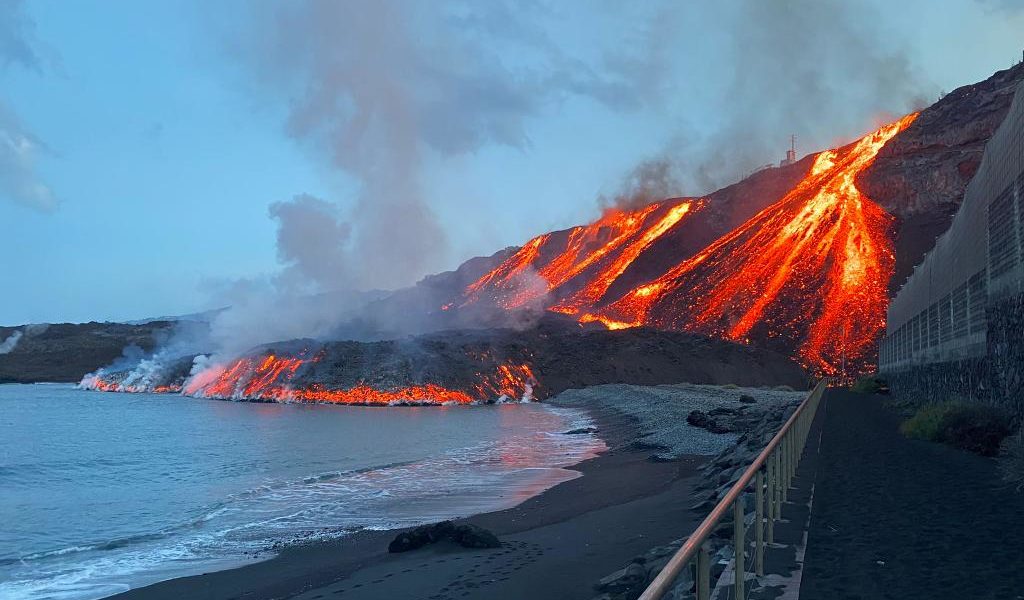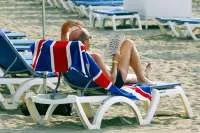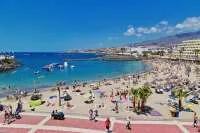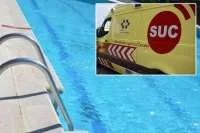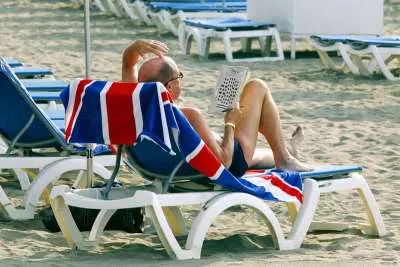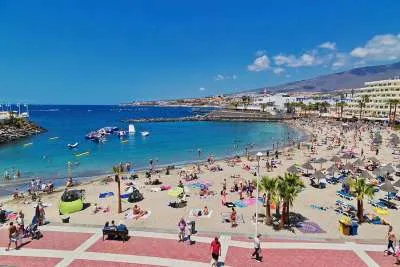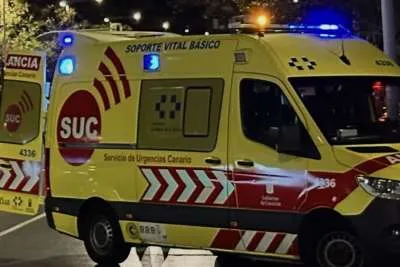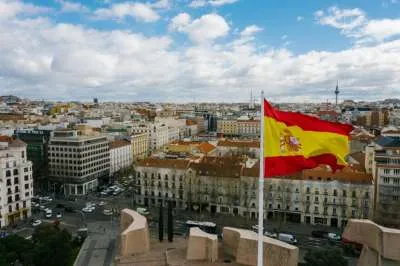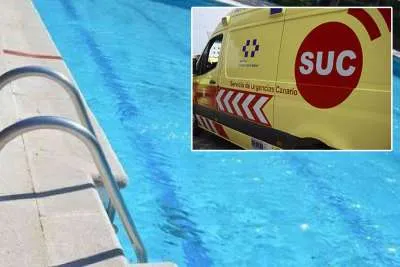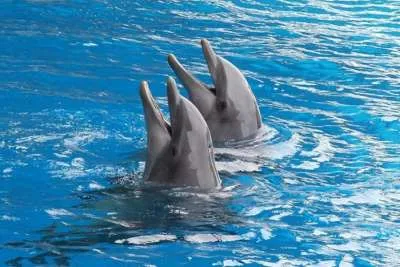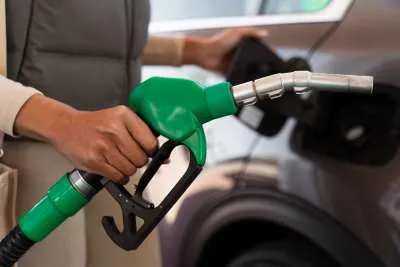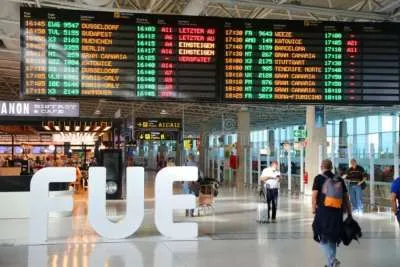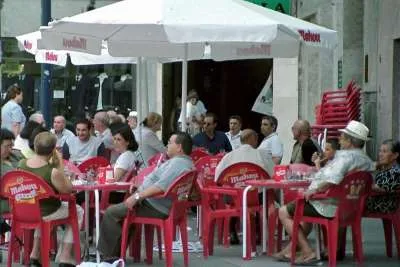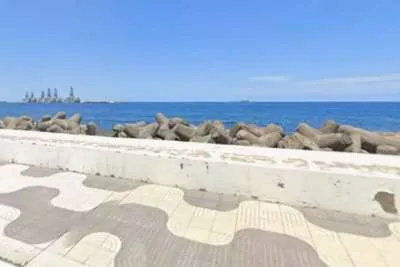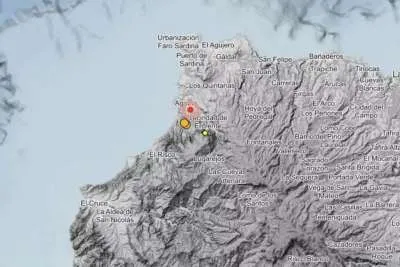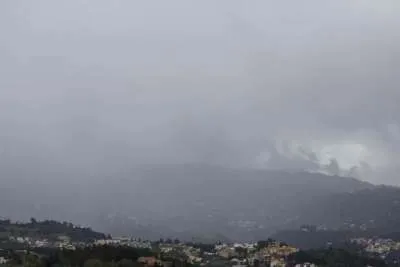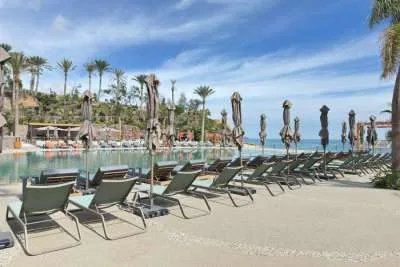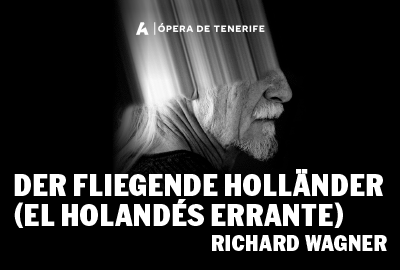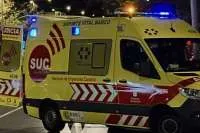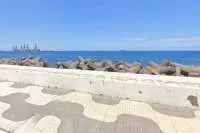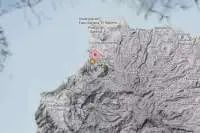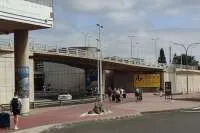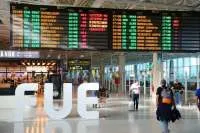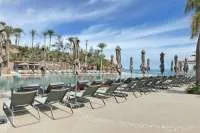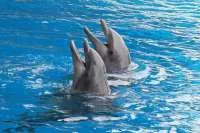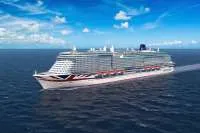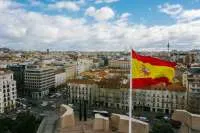New lava flows reach the coast at Los Guirres beach in La Palma
- 10-11-2021
- National
- Canarian Weekly
As the new lava flows from the volcano cascade over the cliffs and finally reaches the coast, the downward trend of eruptive activity is continuing and consolidating. Scientists insist that it will be necessary to reach "even lower" levels to start talking of the end of the eruption, but the signs are positive. In any case, the new lava exceeded the front of flow number 2 yesterday, which had stopped by the Los Guirres cliffs approximately 50 metres from the sea.
Francisco Prieto, the new spokesman of Pevolca, said at a press conference last night that flow 1, which formed the delta of new land in the sea, and flow 2, the one that had stopped, had not seen any advancement or lava at the front for almost a month, meaning that the new lava that has reached the coast did see by going through lava tubes or lava tunnels inside those flows.
The director of IGN in the Canary Islands, María José Blanco, said that the eruption has entered a "more stable" phase, which would have to continue for a substantial amount of time and continue to decrease all the parameters before ending. She confirmed that land deformations, seismicity, the amplitude of the tremor signal caused by the rumble of the volcano, and gas emissions, are all at levels lower than those of a week ago, but reiterated that the decline "has to be gradual and continuous”.
She added that the shallower depth of recent earthquakes compared to a week ago is irrelevant, saying that "a single earthquake does not mean anything, and that to even think about a new eruption point, there would need to be much more seismicity in those more superficial layers.” The shallowest have been two separate tremors in Fuencaliente at depths of eight and nine kilometres.
Other articles that may interest you...
Trending
Most Read Articles
Featured Videos
A Vision of Elvis Tenerife Promo
- 10-05-2025
Tenerife Travel Guide
- 13-12-2024
Live webcam from Lanzarote airport
- 13-12-2024


